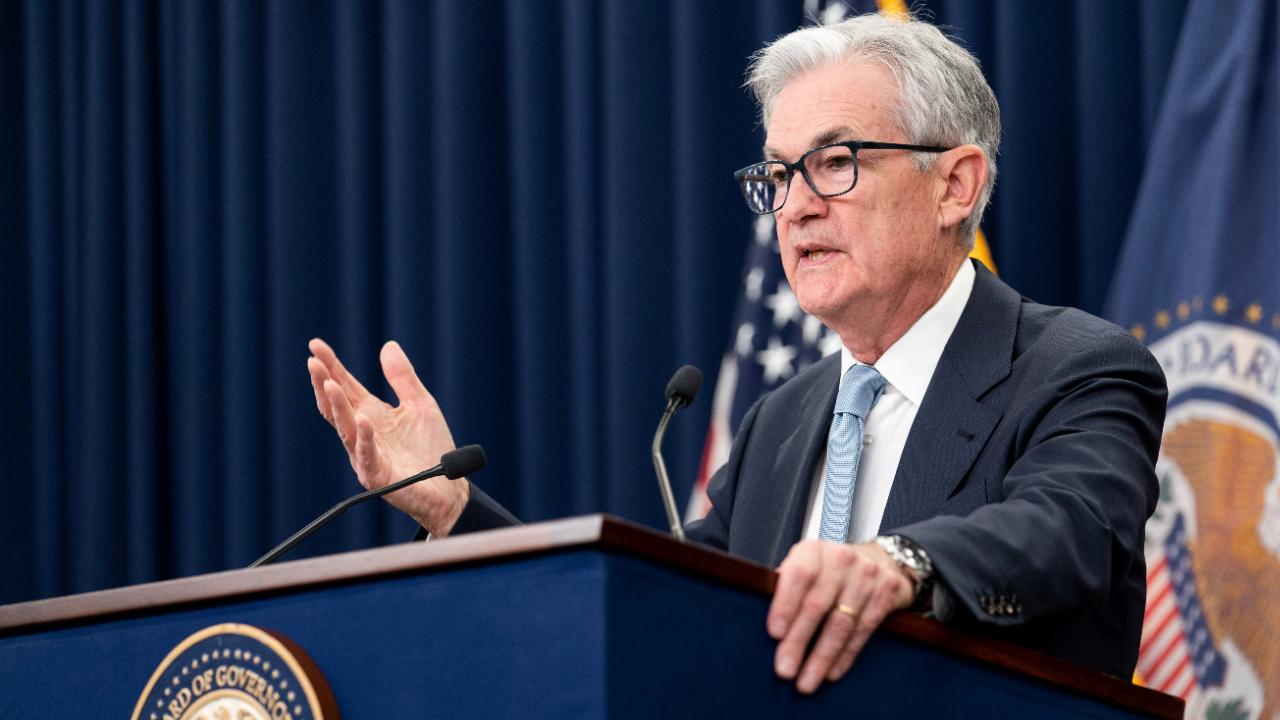U.S. economy grew 2.6% in the fourth quarter, better than expected

The U.S. economy expanded at a slower pace in the fourth quarter of 2018 but performed well ahead of expectations, as consumers helped provide a boost and business investment picked up.
Gross domestic product (GDP) rose at a 2.6 percent annualized pace in the fourth quarter of 2018, the Commerce Department said Thursday in its initial reading of the broadest gauge of the economy. That follows a 3.4 percent advance in the prior quarter and beats the 2.3 percent growth that economists were estimating, according to a Bloomberg survey.
Personal consumption — which is the largest component of the U.S. economy — expanded by 2.8 percent, supported by a pickup in purchases of durable goods, such as cars and appliances. Meanwhile, business investment expanded by 6.2 percent, on higher equipment and intellectual property spending.
While the initial reading does reflect a slowdown between the third and fourth quarters of last year, it reinforces expectations that President Donald Trump and his administration will likely hit their 3 percent growth target for the year. The economy expanded by 2.9 percent in 2018, based on the Bureau of Economic Analysis’ calculations. But judging from the way economists measure growth, the economy grew by 3.1 percent last year, according to Joe Brusuelas, chief economist at RSM.
The data reflects a turbulent period of the year, surrounded by trade frictions between the world’s two largest economies, a global growth slowdown, volatility in financial markets and concern about the path of Federal Reserve interest rate hikes. An unexpected plunge in December retail sales cast a dark shadow over this report, which was delayed by more than a month due to the elongated federal shutdown.
A strong GDP reading for the year means the economy is still on track to reach its longest expansion on record. The second and third quarters of 2018 showed the strongest back-to-back period of growth since 2014, with growth between April and June surpassing a whopping 4 percent. But economists agree that this trend is unsustainable and won’t last forever.
“Growth was impressive, but the outlook for 2019 is expected to be more muted between fading global prospects, less lift from the tax cut and the clouds surrounding Brexit and U.S.-China trade,” says Mark Hamrick, Bankrate’s senior economic analyst. “Americans should continue to focus on saving for emergencies and paying down debt as the long economic expansion continues to roll on.”
Housing, government spending weigh on GDP
While the report reflected strength in business investment and consumer spending, some components weighed on growth.
Residential investment contracted by 3.5 percent and has now fallen for four straight quarters, reflecting a slowdown in the housing market. This drop corresponds with other economic indicators, including data released by the Census Bureau on Tuesday, which showed that housing starts across the U.S. fell in December to the lowest level since September 2016.
“The housing market is definitely struggling,” says Dan North, chief economist at Euler Hermes North America. “That’s providing a drag on GDP. If we had a little improvement there, the GDP number would be even better than it was.”
Government spending increased at a 0.4 percent pace last quarter, after increasing by 2.6 percent in the prior three months. Subcomponents of this category offered some mixed signals. The government increased defense spending by 6.9 percent, the most in nine years, while nondefense spending contracted by 5.6 percent, the most in five years.
This can be explained by the fiscal year 2018 budget, according to RSM’s Brusuelas. This plan was crafted by a Republican-controlled Congress, and it was designed to peak just before the midterm elections.
At the same time, the report showed that companies are boosting investment on intellectual property, which includes items such as software and expenditures related to research and development. This category increased by 13.1 percent in 2018, following healthy increases in the first and second quarters of the year as well.
This might mean a boost in productivity is coming, according to Brusuelas, something that the Federal Reserve has been clamoring for.
“This is a new-economy report,” Brusuelas says. “Through several quarters of investment like that, we should expect to see a lift of overall productivity, which would bode well for living standards and wages.”
GDP report casts brighter light on wage growth
Wages have been tracking a slow, gradual climb throughout the current expansion, breaching 3 percent for the first time in nearly a decade just last October.
It’s puzzled economists, who say tight labor markets typically lift worker pay. It’s also stood out to members of Congress, who pointed out the anomaly to Federal Reserve Chairman Jerome Powell in his semiannual testimony.
But a measure included within the GDP report showed that disposable personal income grew by 4.2 percent, which might mean that there is a light at the end of the tunnel, according to North. Those figures — matched with elevated consumer confidence — also bode well for consumer spending, he adds.
“People have the confidence, which gives you the willingness to spend. Now you’ve got income, which is giving you the ability to spend,” North says. “That paints a reasonably good picture going forward.”
But rising wages could cause a pickup in inflation, one of the two components that the Fed is responsible for stabilizing. Modest inflation is one of the reasons why the U.S. central bank decided to hold borrowing costs unchanged indefinitely at its January rate-setting meeting.
The report, however, shows that rampant inflation is still a minor concern. Personal consumption expenditures, the Fed’s preferred measure of price stability, came in at 1.9 percent last quarter. That’s just below the central bank’s target.
That figure is “not going to cause much heartburn at the Federal Reserve,” Brusuelas says. “While growth is solid, it’s not strong enough to dislodge the Fed from its current policy path, nor will it cause the Fed to lose its patience. This growth data does not suggest that a rate increase is coming any time soon.”
Growth will likely stabilize in the coming quarters, as the economy comes off of a sugar high from the tax cuts. The Federal Reserve has a longer-term GDP growth target of 1.9 percent.
Even so, questions about the future persist.
“This is probably as good as it’s going to get,” North says. “You’ve got the Brexit worries out there. You have have a fairly large concern over slowing global growth. There’s lots of things that are still hanging out there.”






